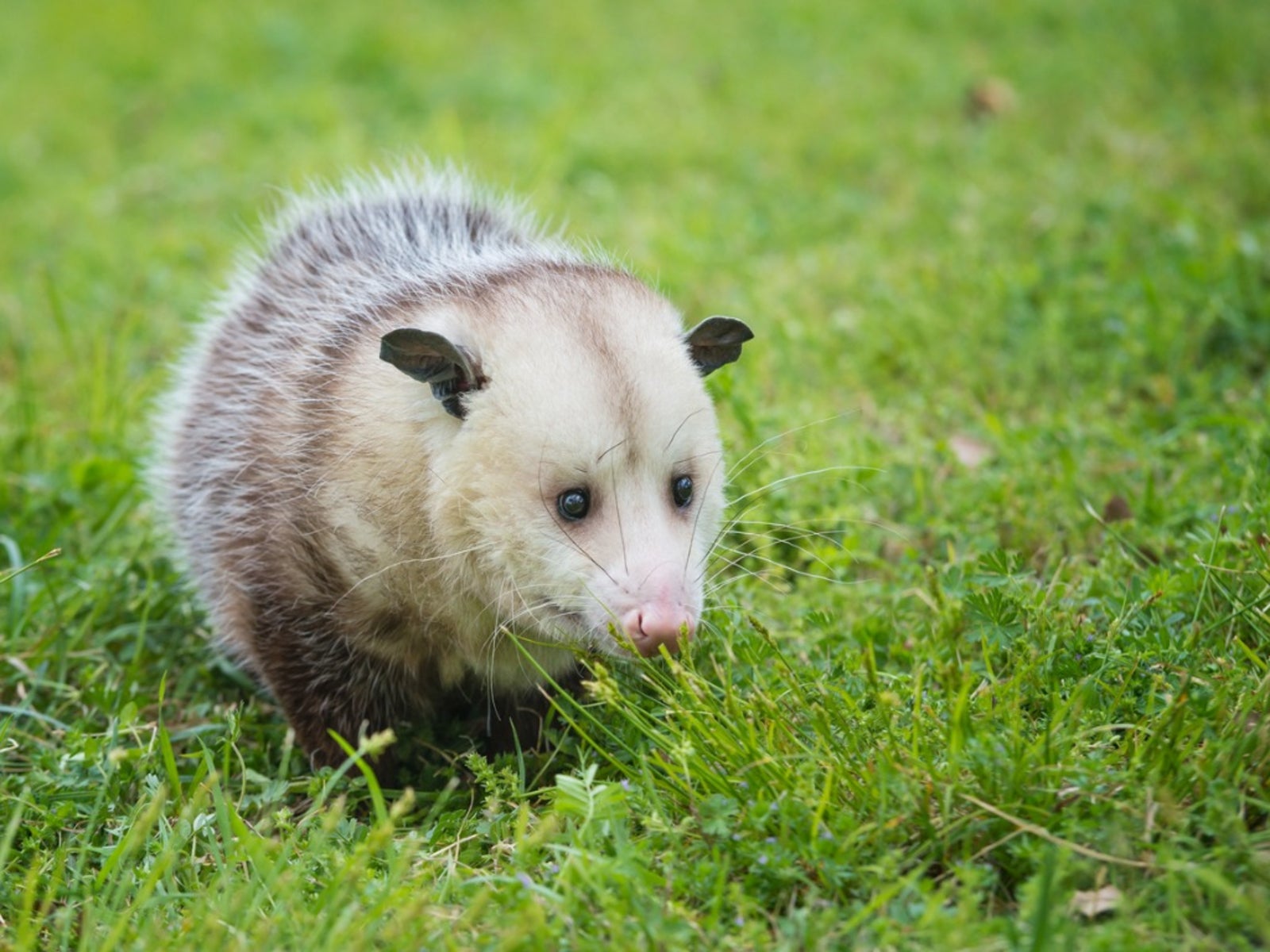Possum Control: How To Trap Opossum


Opossums are frequently considered a nuisance in and around the garden, especially when they feed on or trample plants. They can also rummage through garbage cans or steal your pets' food. How to get rid of an opossum can be tricky but with a little perseverance, the backyard possum may be convinced to move elsewhere.
Backyard Possum Control
The best way to combat opossum problems is to understand their habits. While they prefer wooded areas or open fields near streams, they will take up residence in abandoned burrows, tree crevices, brush piles, or areas beneath steps, decks, and outbuildings.
These animals are also nocturnal, meaning they're typically active only at night, sleeping throughout the day. This can make it somewhat difficult to “see” the intruder attacking your garden. However, they will usually leave some telltale signs of their presence through droppings, tracks, overturned pet food dishes or garbage cans, and plant damage. The backyard possum is considered an omnivore as well, feeding on fruits, nuts, insects, eggs, and small animals like frogs and mice.
How to Get Rid of an Opossum
Control methods for backyard possums vary, with opossum repellents and trapping commonly used. Fencing is another option.
Opossum repellents. There are numerous products on the market targeted at repelling these wild animals. However, these generally offer little relief. Other possum control methods include the use of motion activated sprinkler systems, which can startle the creatures and frighten them off.
Traps. Trapping opossums is another common method employed for possum control. Knowing how to trap an opossum isn't as difficult as what to do with one once it's caught. This normally requires relocation by an authorized (licensed) wildlife expert in most areas.
Killing these animals should only be a last resort, and is often not permitted in most states. Nonetheless, trapping them in a box or cage-like trap is fairly easy. Traps should measure about 10 by 12 by 32 inches (25 x 31 x 81 cm.). Set the traps along trails and known travel routes, bating them with fruit such as overripe melons, grapes, or bananas.
Gardening tips, videos, info and more delivered right to your inbox!
Sign up for the Gardening Know How newsletter today and receive a free copy of our e-book "How to Grow Delicious Tomatoes".
Fencing. The erection of woven wire or electric fencing is sometimes used for possum control. Fencing around garden areas should be at least 4 feet (1 m.) high, with the top foot (31 cm.) or so facing outward, away from the garden to prevent them from climbing over. Adding electric fencing approximately 3 to 4 inches (8-10 cm.) over the top may also help.
The best defense, however, is making the area less appealing to opossums. Overgrown trees and shrubs should be pruned. Brush piles and similar debris should be removed. Fallen fruit from trees should be kept clean. Garbage cans should have tight fitting lids and pet food should not be left out at night. It is also a good idea to close or block off any entrances or openings under or near the home such as porches, decks, buildings, etc.

Nikki Tilley has been gardening for nearly three decades. The former Senior Editor and Archivist of Gardening Know How, Nikki has also authored six gardening books.
-
 8 Perfect Flowers To Plant With Tomatoes To Boost Yields & Banish Pests
8 Perfect Flowers To Plant With Tomatoes To Boost Yields & Banish PestsDon’t forget flowers when choosing companion plants for your tomato beds or pots. These pretty, fragrant blooms add beauty but are also highly beneficial.
By Mary Ellen Ellis
-
 Want The Longest Lasting Hydrangea Flowers? Grow These 8 Panicle Hydrangea Varieties
Want The Longest Lasting Hydrangea Flowers? Grow These 8 Panicle Hydrangea VarietiesFor ornamental shrubs that deliver the longest flowering seasons with plush blooms and delicate hues, these panicle hydrangea varieties are essential in your yard
By Tonya Barnett